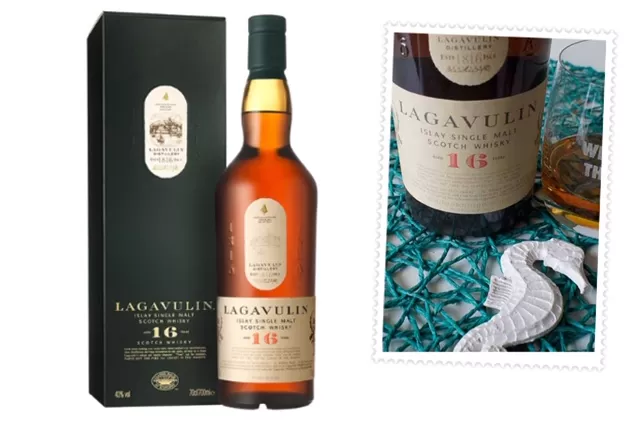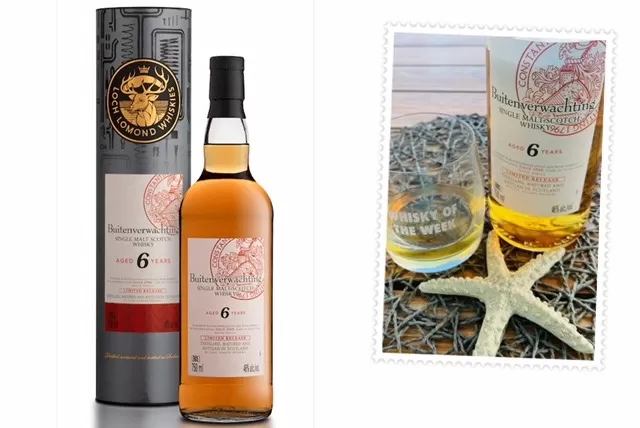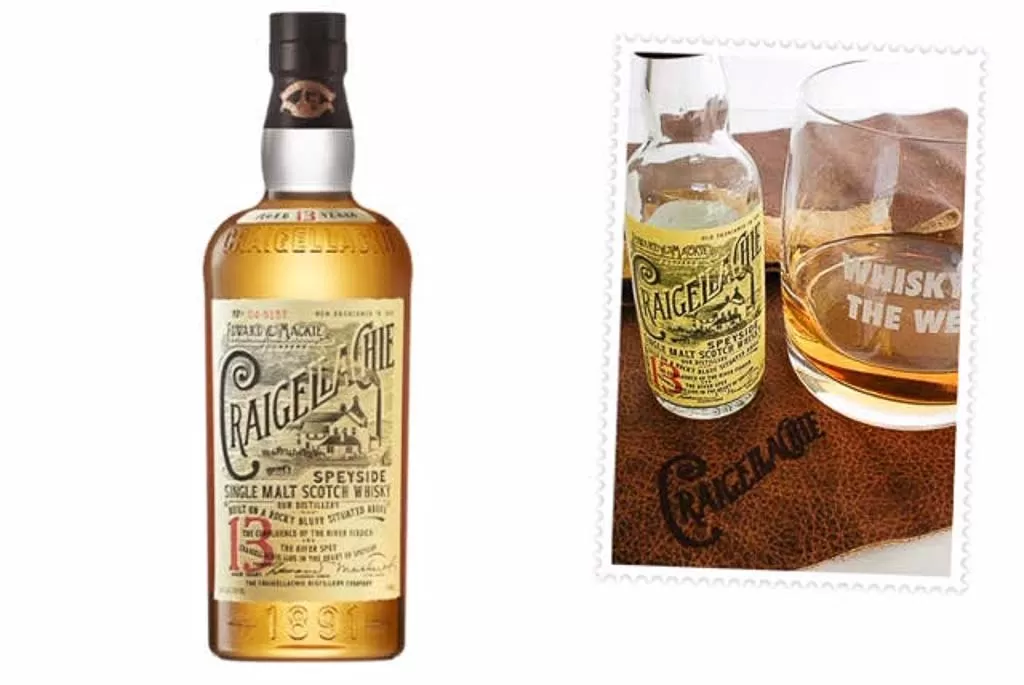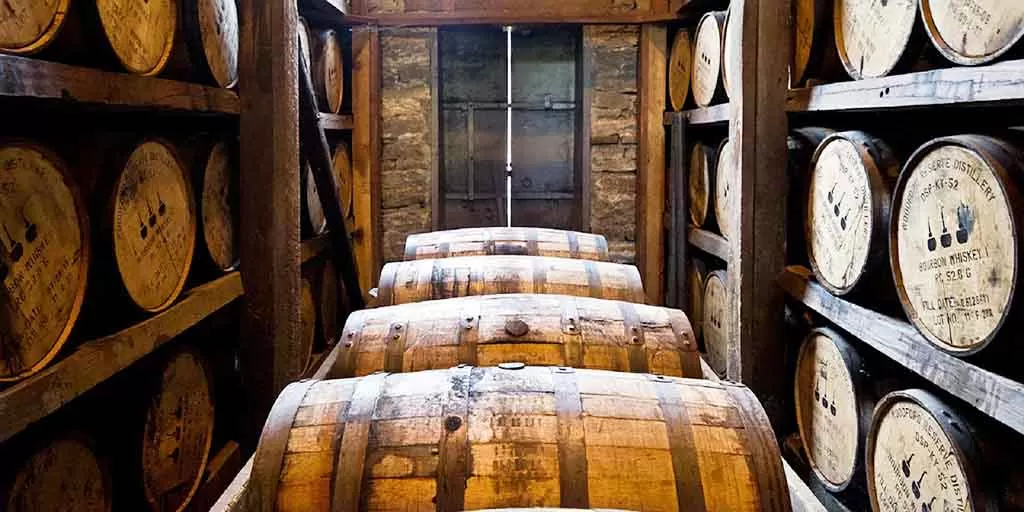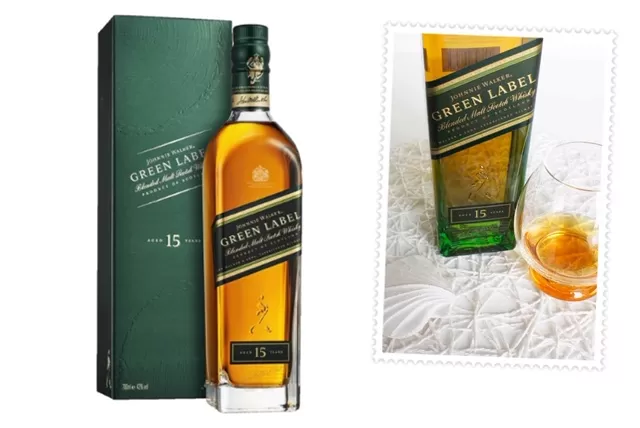Woodford Reserve Rye vs Bulleit Rye Whiskey
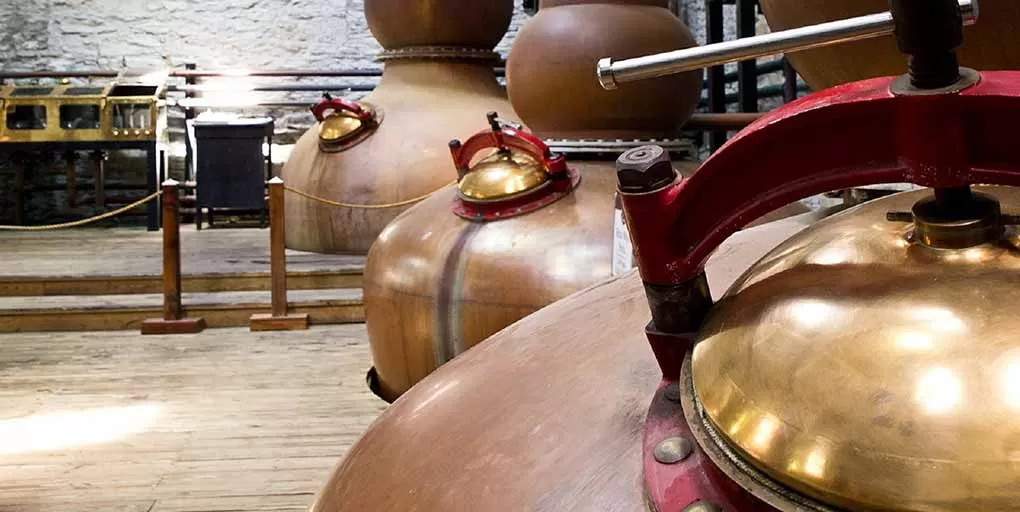
I have not done a side-by-side whiskey comparison in months, and it is so much fun. So today, let me look at a rye comparison: Woodford Reserve Rye vs Bulleit Rye whiskey. Earlier this year, I tasted the Woodford Rye whiskey, and the bottle gave me so much inspiration for side-by-side comparison posts.
